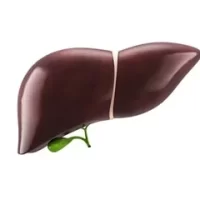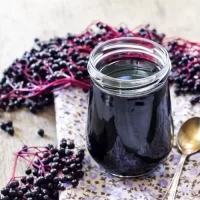Let’s start with the components of rice. Rice is composed of four layers: the hull or husk (the outermost layer), the bran, the germ, and the endosperm (the innermost layer). Here’s what distinguishes the two types of rice:
Brown rice is a whole grain, which means it contains all parts of the rice grain. The hull/husk of processed brown rice has most likely been removed, but the bran, germ, and endosperm remain, giving it its delicious, nutty flavor. All of the original nutrients of the grain are available because the majority of the grain’s parts are intact.
The outer layers of the grain (germ and bran) have been removed from white rice, leaving only the endosperm – also known as the germ –
Is brown rice nutritious?
Brown rice is often regarded as a healthier alternative to white rice because it is a whole grain with more fiber, allowing the sugar in it to be absorbed more slowly into the bloodstream. If you have trouble balancing your blood sugar, brown rice may be a better option than white rice.
Is white rice nutritious?
White rice is rice that has been polished, which removes the outer layers of grain and leaves only the endosperm. White rice is known by a variety of names, including long and short grain white rice, sushi or sticky rice, jasmine rice, and basmati rice. Because it has a higher glycemic index than brown rice, it may not be suitable a great choice for you if you are struggling with balancing your blood sugar. On the other hand, white rice is a bit easier to digest, so if you are having trouble with digestion, white rice could be the better choice for you.












